This article was co-authored by wikiHow staff writer, Megaera Lorenz, PhD. Megaera Lorenz is an Egyptologist and Writer with over 20 years of experience in public education. In 2017, she graduated with her PhD in Egyptology from The University of Chicago, where she served for several years as a content advisor and program facilitator for the Oriental Institute Museum’s Public Education office. She has also developed and taught Egyptology courses at The University of Chicago and Loyola University Chicago.
This article has been viewed 14,103 times.
Learn more...
Ammonia is a naturally-occurring chemical found in many household cleansers and fertilizers. It also has a variety of industrial uses. Dangerous exposures can occur if you work with ammonia-based cleansers, agricultural fertilizers, or ammonia gas used in industrial settings. If you or someone else has been exposed to ammonia and is experiencing symptoms of poisoning, minimize contact with the poison and call emergency services. A person with severe ammonia poisoning may need supportive care in the hospital.
Steps
Taking Immediate Action
-
1Look for symptoms of ammonia poisoning. Ammonia toxicity can occur if someone breathes strong ammonia fumes, spills or splashes ammonia on their skin or eyes, or swallows a product containing ammonia. If you suspect you or someone else has been exposed to dangerous amounts of ammonia, look for symptoms such as:[1]
- Coughing, wheezing, chest pain, or difficulty breathing.
- Fever, rapid or weak pulse, or loss of consciousness.
- Pain and burning in the eyes, lips, mouth, or throat.
- Burns or blisters on the skin.
- Tearing in the eyes or temporary blindness.
- Confusion, dizziness, agitation, or difficulty walking.
-
2Contact emergency services. If you or someone else has inhaled ammonia fumes, gotten splashed with liquid ammonia, or swallowed liquid ammonia, call emergency services immediately or as soon as you can safely do so. Don’t wait for symptoms to develop. Be prepared to offer as much information as you can about the details of the ammonia exposure or poisoning. Emergency personnel may ask you about:[2]
- The affected person’s age, approximate weight, and any symptoms they are experiencing.
- The name of the ammonia-containing product the person was exposed to, if applicable.
- The time when the poisoning occurred (or when you discovered the poisoned person).
- The quantity of ammonia you or the affected person was exposed to.
Advertisement -
3Get to fresh air immediately if you or someone else inhales ammonia gas. If you or someone else inhales ammonia fumes, move yourself or the affected person away from the source as soon as possible. Go to a well-ventilated area, such as outdoors or a room with open doors and windows.[3]
- If you must enter an area with large amounts of ammonia gas to help another person, cover your nose with a wet cloth and hold your breath as much as possible until you can get to fresh air.
- If someone else has been exposed to ammonia gas and you’re not sure if you can safely enter the area, call emergency services and wait for help.
-
4Remove any contaminated clothing in case of a liquid spill. If you have spilled liquid ammonia on your clothing or are with someone else whose clothes have been contaminated, remove the affected clothing as quickly as possible. If you can, put on a pair of gloves to prevent any of the ammonia from getting on your hands. Place the clothing in a sealed plastic bag (such as a garbage bag) and put it in a secure location until emergency personnel arrive.[4]
- If the contaminated clothing is an article that is usually pulled off over the head (such as a T-shirt or sweater), cut the item off with a pair of scissors if you can. This will prevent the ammonia from coming into contact with the face and eyes.
- Don’t handle the bag with the contaminated clothing in it any more than you have to. Place it somewhere out of reach of children or pets, such as in a locked cabinet or on a high shelf. Let emergency personnel know where it is.
-
5Wash away any liquid ammonia on the skin or in the eyes. If ammonia has been spilled on your or someone else’s skin, immediately wash the affected area with gentle hand soap and clean water for at least 15 minutes. In case of ammonia getting in the eyes, rinse the affected eye(s) under cool or lukewarm water for at least 15 minutes or until help arrives.[5]
- Take out any contact lenses and throw them away before rinsing the eyes.
- If the affected person was wearing eyeglasses, wash the glasses thoroughly with soap and water before they wear the glasses again.
-
6Drink water or milk if you swallowed liquid ammonia. If someone else swallowed ammonia, offer them water or milk and encourage them to drink it.[6]
- Do this ONLY if you or the affected person is not having symptoms that might make it hard to swallow, such as vomiting, convulsions, drowsiness, or loss of consciousness.
-
7Call your local poison control center for further instructions. Once you’ve called emergency services and minimized the affected person’s contact with the ammonia, you may wish to contact Poison Control or your local poison information hotline for more information.[7] You can get the number from medical personnel when you contact emergency services, or look it up online.
- In the U.S., you can call the national Poison Control hotline at 1-800-222-1222.
- You can also look up quick information about ammonia and other household poisons at https://www.poisonhelp.org/help.
Getting Medical Treatment
-
1Go to the hospital to get checked out. If someone else has been poisoned, you can help by going with them to the hospital and answering any questions the medical personnel might have. You might also need to consent to medical tests and procedures if the affected person is unable to do so themselves.
- If you were poisoned, ask someone else to go with you if you can.
-
2Consent to any necessary medical tests. Doctors and other medical personnel may have to do a variety of tests to determine the affected person’s condition and what kind of treatment is best. Common diagnostic tests for someone who has been poisoned by ammonia include:[8]
- Measurements of vital signs such as pulse, temperature, breathing rate, and blood pressure.
- Blood and urine tests.
- Chest x-rays to check for damage to the lungs.
- EKG (electrocardiogram) to check how well the heart is functioning.
- Bronchoscopy or endoscopy, in which a small camera is inserted down the throat and into the windpipe or esophagus to check for burns in the throat, lungs, or stomach.
-
3Stay in the hospital for supportive care if necessary. There is no antidote for ammonia poisoning, but a person who has been exposed to ammonia may need a variety of supportive medical treatments in order to recover. If you or someone else has been poisoned by ammonia, talk to the doctor or other medical personnel about the prognosis and treatment options. Common treatments include:[9]
- Breathing support (such as oxygen tubes or ventilators) in case of damage to the lungs or airway. Some doctors may give medications such as corticosteroids or bronchodilators to relieve respiratory symptoms.[10]
- Medications such as antibiotics to prevent infections in case of liquid ammonia burns, or steroids to reduce inflammation in tissues damaged by ammonia.
- IV fluids to prevent dehydration. Some medications (such as certain bronchodilators) may also be given through an IV.
- Ointments and dressings to soothe and protect burned skin.
Warnings
- If someone has swallowed ammonia, do not induce vomiting unless you are instructed to do so by a doctor or other medical professional, as this can cause chemical burns in the mouth and throat.⧼thumbs_response⧽
- Never mix ammonia-based cleansers with other cleansers or household chemicals, especially those containing bleach. Ammonia will react with bleach and create highly toxic chlorine gas. If you are exposed to chlorine gas, move to fresh air immediately and call emergency services.⧼thumbs_response⧽
- Always work with ammonia in a well-ventilated area. Wear protective equipment such as gloves and goggles if you are working with high concentrations of liquid ammonia, such as those found in some industrial cleansers.⧼thumbs_response⧽
- For major ammonia gas emergencies, such as a tanker truck rollover or leak, emergency personnel may advise you to “shelter in place.” In these situations, remain indoors or in your vehicle and keep your doors and windows closed and locked. Turn off any air conditioners, vents, or fans. Remain where you are until emergency coordinators tell you it is safe to leave.[11]⧼thumbs_response⧽
References
- ↑ https://wwwn.cdc.gov/TSP/MMG/MMGDetails.aspx?mmgid=7&toxid=2
- ↑ https://medlineplus.gov/ency/article/002759.htm
- ↑ https://medlineplus.gov/ency/article/002759.htm
- ↑ https://www.health.ny.gov/environmental/emergency/chemical_terrorism/ammonia_general.htm
- ↑ https://www.health.ny.gov/environmental/emergency/chemical_terrorism/ammonia_general.htm
- ↑ https://wwwn.cdc.gov/TSP/MMG/MMGDetails.aspx?mmgid=7&toxid=2
- ↑ https://medlineplus.gov/ency/article/002759.htm
- ↑ https://medlineplus.gov/ency/article/002759.htm
- ↑ https://medlineplus.gov/ency/article/002759.htm
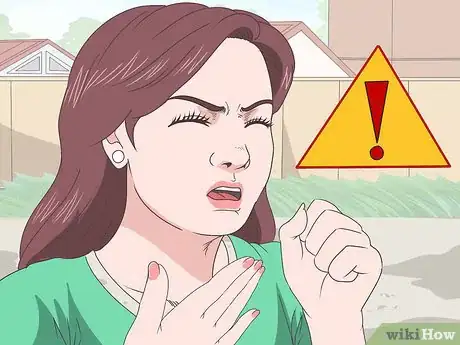
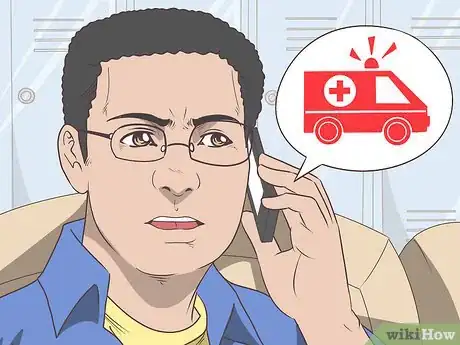
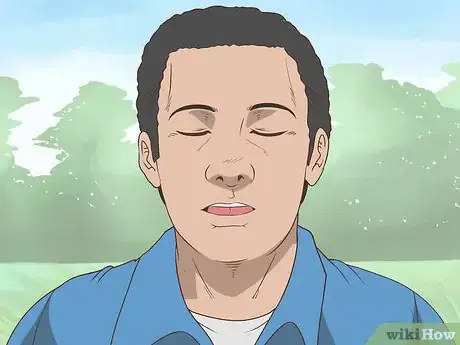
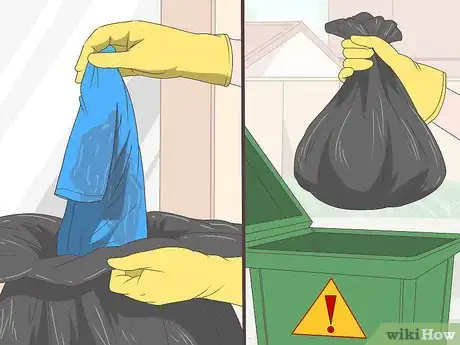
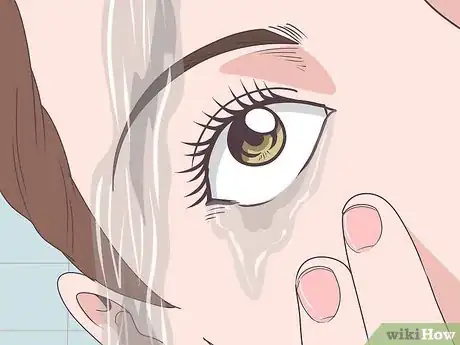
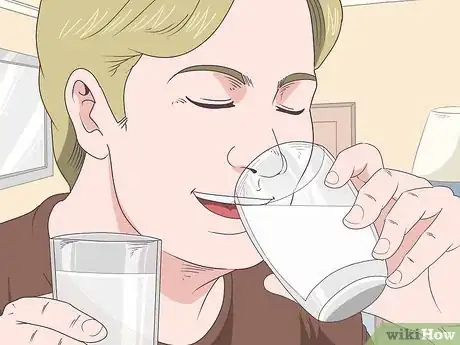
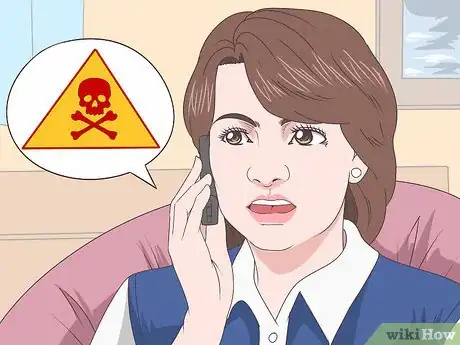
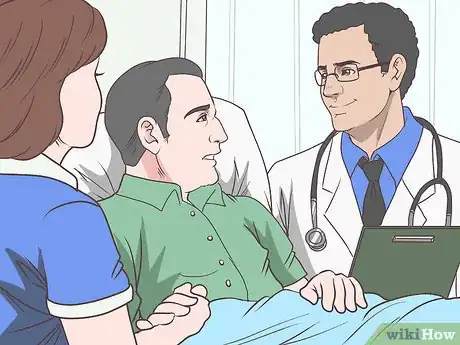
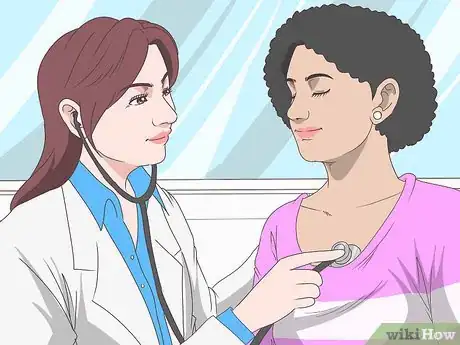
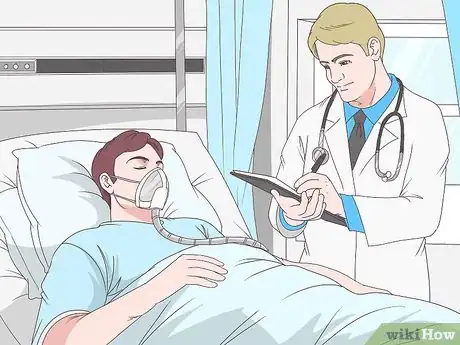
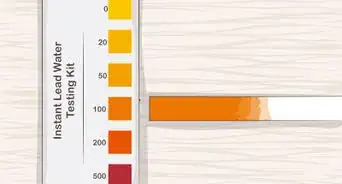
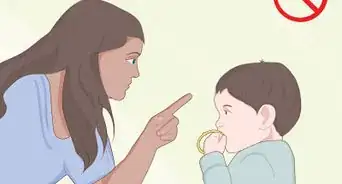

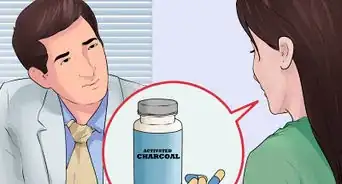



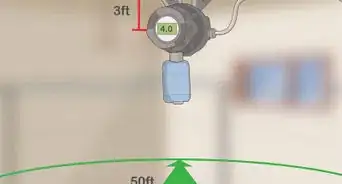







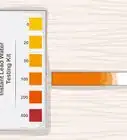


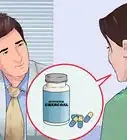



































Medical Disclaimer
The content of this article is not intended to be a substitute for professional medical advice, examination, diagnosis, or treatment. You should always contact your doctor or other qualified healthcare professional before starting, changing, or stopping any kind of health treatment.
Read More...